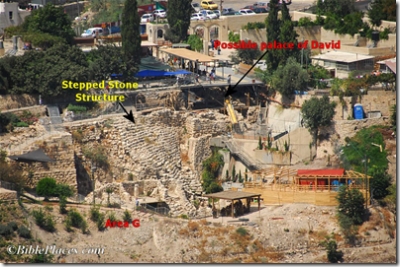Interest in the “Jesus Tomb” seems to be fading, but here are a few recent stories of interest:
The Jerusalem Post headlines their story “Jesus tomb film scholars backtrack.” I don’t think that’s entirely accurate. In reality, there were never any scholars besides James Tabor (and possibly Shimon Gibson) supporting the claim. The story explains how the statistician revised his claim, so perhaps that is the point of the headline.
The article is largely based on (but without a link) a recent essay by Dr. Stephen Pfann entitled, “Cracks in the Foundation.” He summarizes the problems with the theory and cites scholars who claim to have had their remarks taken out of context.
As before, you can get the other side of the story from the blog of Dr. James Tabor. He has just left Jerusalem and promises more information in coming days. Ironically, he says this:
I have wanted as much as I can in my own work on the Talpiot tomb to separate the site and its evaluation from the discussion of the issues related to the film itself and its role in the ensuring heated discussion. That is of course not wholly possible and my intent is to address, as much as possible, the factual matters related to this later flash of media coverage on Talpiot. In the end I am confident that the truth will win out and that a time will come when the Talpiot tomb site, and all we can know about it, will be considered in a less biased manner and with a more professional style and approach.
This, of course, is what all the other scholars claimed was the problem from the start. Tabor appears to be claiming that he is the victim of the media sensationalism, when it seems that he was party to creating it. The existence of non-disclosure agreements contribute to the impression that the film and its supporters were not interested in a professional, non-biased discussion of the factual matters.
I spoke last week with an Israeli archaeologist who was present at the excavation of the “Jesus tomb.” As far as I know, he has not been quoted in any of the discussion, but Dr. Gabriel Barkay is highly respected in the field and without any personal interest in the matter. In his words, the tomb is “not news.”

 ure you that watching the shots from the Sea of Galilee and spending some time looking at the remains of the synagogue in Capernaum, built on the earlier basalt level where the original edifice once stood — and where Jesus most likely delivered his bread of life discourse –, brought everything to life and certainly helped a lot in seeing the whole picture of the episodes found in that chapter. It certainly enriched me in no small degree.
ure you that watching the shots from the Sea of Galilee and spending some time looking at the remains of the synagogue in Capernaum, built on the earlier basalt level where the original edifice once stood — and where Jesus most likely delivered his bread of life discourse –, brought everything to life and certainly helped a lot in seeing the whole picture of the episodes found in that chapter. It certainly enriched me in no small degree.